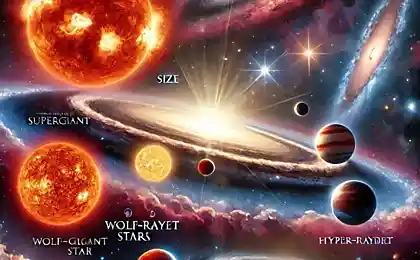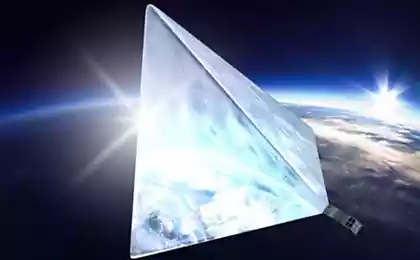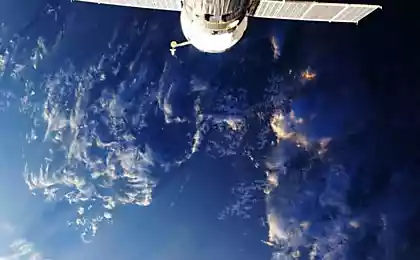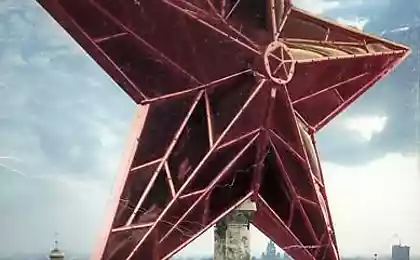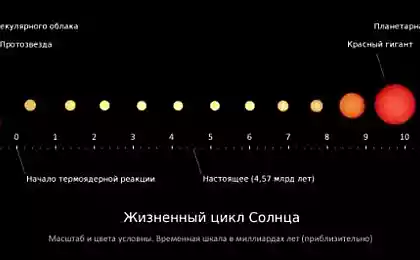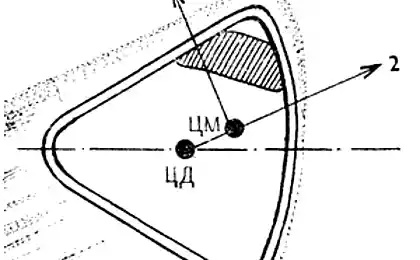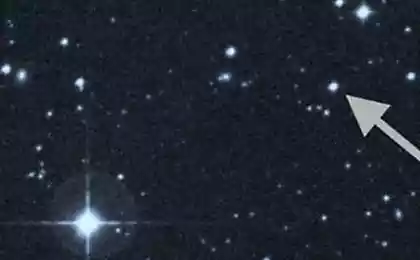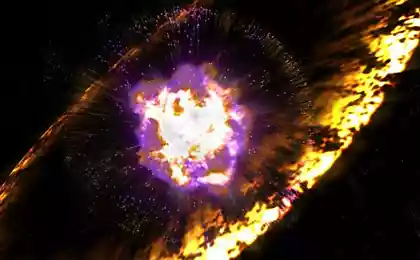Observatory detector supernovae will follow the 60% of the total area of the sky
Эффект Vavilov - Cherenkov - glow caused in a transparent medium of a charged particle moving with a velocity exceeding the phase velocity of light in that medium. Blockquote>
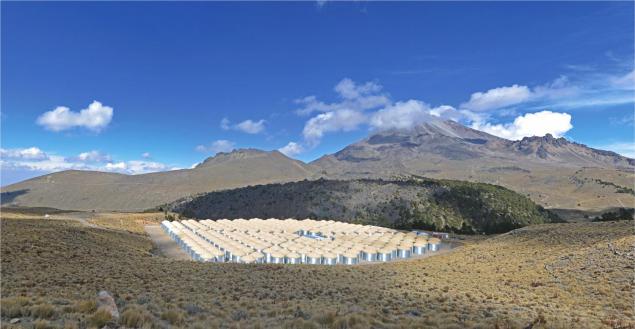
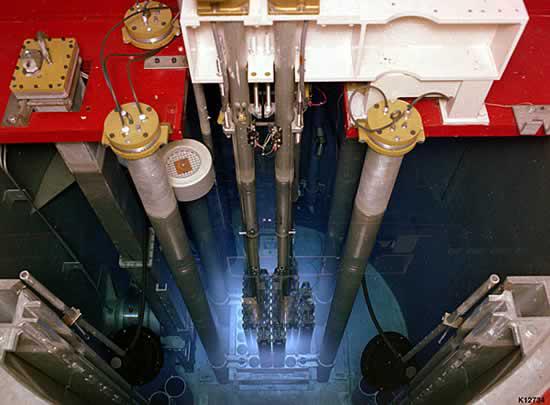
In 1958, Pavel Cherenkov received the Nobel Prize in Physics for "for the discovery and interpretation of the Cherenkov effect." Another Nobel laureate Karl Manne Georg Siegbahn noted that the effect is an interesting example of how a simple physical observation can lead to important discoveries. Cherenkov effect was seen in 1934, he saw the faint blue glow, caused by fast electrons ejected from the atoms of the medium gamma radiation. It was not a liquid luminescence - light emitted by a moving faster than the speed of light in the medium electrons.
HAWC name stands for High Altitude Water Cherenkov experiment - Alpine experiment to search for the Cherenkov effect. The observatory is located at an altitude of 4100 meters the plateau between the volcanoes Sierra Negra and Orizaba. The new observatory three hundred steel vats with water, which is cleared from all impurities and radioactive substances. Each tank diameter of 7, 3 meters and a height of 5 meters contains 188,000 gallons of water, and on its bottom are 4 фотоэлектронных multiplier . First detector of this scale, working with the help of the Cherenkov effect was Milagro observatory in New Mexico, and the new system is 15 times more efficient.
«Imagine that your keyboard - this is our detector, and your hand - it is light a supernova, a stream of charged particles from it. By the way the hand touches the keyboard when you hit it, it is possible to determine where it came from. Like this and works HAWC, which is a set of a plurality of detektorov- "key & quot ;. Jordan Goodman, University of Maryland (USA). Blockquote>
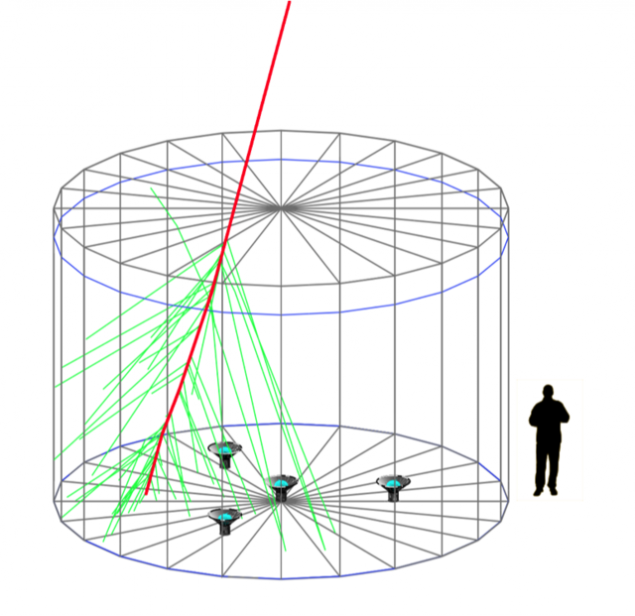
2011 i>

2014 i>
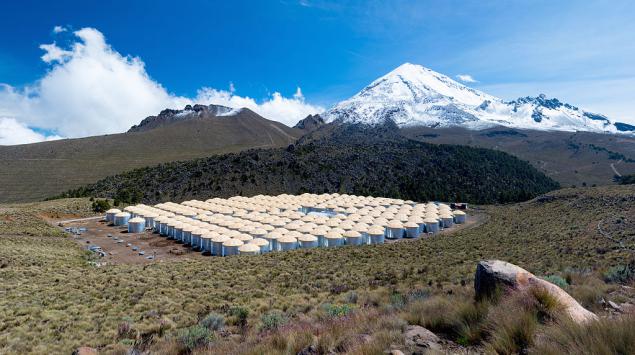
Source: geektimes.ru/post/247726/










